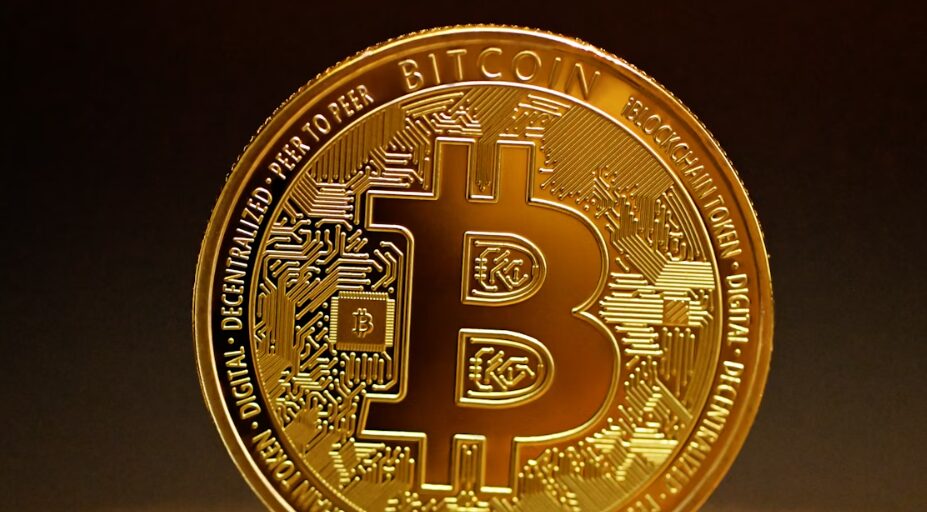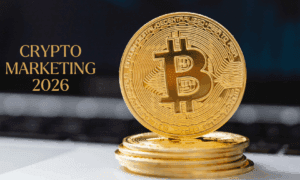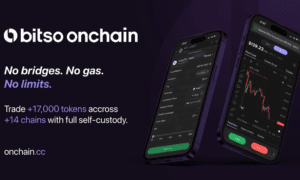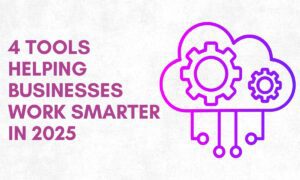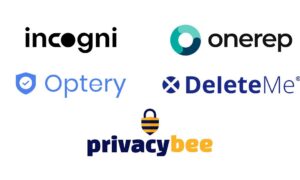As the crypto industry continues to evolve, Bitcoin-native assets have gained prominence with the launch of Ordinals in 2023 and the Runes Protocol in April 2024.
Thanks to Runes, you can now trade fungible tokens on Bitcoin, opening up the Bitcoin ecosystem to new DeFi use cases.
Read on to learn about Runes and
What Are Bitcoin Runes?
Runes were launched during the fourth Bitcoin halving and represent a token standard that allows users to issue new fungible token types on the Bitcoin blockchain.
The protocol was created by blockchain developer Casey Rodarmor to offer a more efficient method of creating fungible tokens.
By design, Runes aims to provide the following benefits:
- Simplified issuance of native fungible tokens on Bitcoin.
- Minimized on-chain footprint via the UTXO-based model.
- No need for off-chain data for operation.
- Open minting according to terms set by the etcher.
- More DeFi opportunities on the Bitcoin blockchain.
- Getting rid of ‘junk UTXOs’ that came with the BRC-20 standard.
This describes Runes in broad strokes, but to understand this new kind of digital asset better, we need to look under the hood.
How Do Bitcoin Runes Work?
The Runes protocol involves the use of runestones, which is how messages or instructions on the Runes protocol are called. These facilitate the etching of new tokens, minting of the existing ones, and transferring runes from transaction inputs to outputs.
Runestones are contained in Bitcoin transaction outputs that start with OP_RETURN, an operational code that allows arbitrary data to be stored in transactions on the blockchain and which is limited to 80 bytes. Only one rune can be included in each transaction at most.
To create a new Rune token, it first has to be etched, which includes determining details such as its name, token supply, decimal number, minting terms, and the like. The token supply is designated to a specific Unspent Transaction Output (UTXO).
UTXOs keep track of the Rune token balances and can contain any number of runes – counted in thousands, millions, billions, and so on.
Minting is when the actual tokens come into existence according to the set terms and runes are transferred from transaction inputs to outputs using edict messages. At this time, a UTXO is divided into a few new ones with different amounts of runes to send records to recipients.
An edict comprises a Rune ID, the output number, and the amount. The Rune ID identifies tokens and includes the block in which a rune was etched alongside the index of the etching transaction stored within this block.
Unlike Ordinal inscriptions, where the Bitcoin data is stored in the witness section of a Bitcoin transaction, Runes stores all data in OP_RETURN. This means etching, minting, and transfer messages.
What Can You Do With Runes?
Apart from making the Bitcoin network cleaner and faster, Runes opens up a whole range of opportunities for users.
Create and Mint Your Own Fungible Tokens on Bitcoin
Bitcoin Runes allows users to easily create their own fungible tokens directly on the Bitcoin blockchain. This means you can mint various types of tokens, representing in-game items, loyalty points, or even ownership in a decentralized project.
Enter the Bitcoin Memecoin Mania
Additionally, Runes opens new possibilities in terms of secure creation and trading of memecoins on the Bitcoin network. Thanks to their simplicity and efficiency, Runes have quickly turned the Bitcoin blockchain into a new hub for fun, community-driven, and often highly speculative assets.
Use Runes as Collateral to Borrow Bitcoin
On top of that, you can use your runes as collateral to borrow or lend bitcoin on Bitcoin DeFi lending platforms like LiquidiumWTF. This can be a potentially lucrative way to put your digital assets to work instead of letting them sit idle in your wallet.
Pros and Cons of Bitcoin Runes
As is the case with many other protocols in the blockchain industry, Bitcoin Runes have both their benefits and potential challenges.
Pros
-
- Simplicity: a more straightforward way to create fungible tokens compared to other protocols on the Bitcoin network.
- Improved efficiency: the use of the OP_RETURN model guarantees efficient token transactions on the Bitcoin network.
- More use cases in the Bitcoin DeFi: allows the creation of a wider array of tokens for developers and businesses.
- Better security: due to UTXO data storage being resistant to reorganizations.
- Higher miner revenue: through increased network usage and additional revenue streams via transaction fees.
Cons
- Regulatory uncertainties: a lack of clear or favorable regulation could hinder adoption.
- Complexity: Though they make token creation simpler, they may still involve a learning curve from existing standards.
- Accidental token burns: Errors can lead to unintended token deletion.
How to Get Started With Runes, Step by Step
Once you’re ready to immerse yourself in Runes, here’s how to get started:
- Take your pick among the best Runes wallets, where you’ll store, send, receive, or swap your runes for other assets.
- All transactions involving runes require bitcoin for network fees, so make sure your wallet is funded with BTC.
- Connect the wallet to a dedicated platform to begin etching and minting runes.
- Once minted, runes will be added to your wallet. Hold them, send them to others, use them as lending collateral, or trade them on rune marketplaces.
Final words
Bitcoin Runes represent a significant development that has brought more functionality to the Bitcoin blockchain by creating a new fungible token standard and new use cases.
A few challenges aside, Runes offer new, yet safe and easy ways to interact with the world’s most trusted blockchain.

